How To Successfully Develop and Produce Bento Boxes: From Idea To Market

Introduction
Everyone around us is surrounded by carefully designed objects every day, including the bento boxes, lunch bags, cutlery, etc. that we use every day, all carefully designed by a person or team. From a creative idea to a commercial launch, this is what product development is all about. In this article, we will detail the product steps from idea, design, development to final production and discuss with our custom bento box partner CN CROWN how to make the whole process easier, faster and more cost-effective.
Step 1: Conception
The idea is the starting point for product development, but not all ideas become successful products. At this stage, you need to make sure the idea has the following key elements to determine if it is a good concept: factors such as target customers, product needs, and potential market size. Whether you are developing a smart bento box, a kitchen appliance, or a home appliance, here are some key steps and suggestions to help you better conceptualize your idea:
1.1 Target Audience Research
Understand the characteristics, preferences, needs, and behaviors of your target customers. This can be done through market research, user feedback, and analytical data. Ensure that your product idea is aligned with the needs and expectations of your target customers to address their real problems and wants.
1.2 Identify the needs met by the product
Define the product’s positioning in the market and its core competitive advantage. Consider product features, functions, and solutions that address your target customer’s pain points or provide specific value. Make sure your idea offers a meaningful and competitive solution.
1.3 Assess the potential market size
Understand the size and growth trends of potential markets. This can be accomplished through market research and data analysis. Ensure that your idea has sufficient potential and opportunity in the target market to support successful product development.
Step 2: Market Research

2.1 Competitive Analysis
Conduct an in-depth analysis of your competitors to understand their product features, pricing strategies, market share and target customers. Through comparison and evaluation, identify competitive advantages and gaps in order to develop a more effective positioning and differentiation strategy for your products.
2.2 Target Market Survey
Understand your target market’s characteristics and needs. Determine the size, growth trends, consumer behavior, and preferences of your target market. Gather reliable information to support your decision-making and product development through surveys, data analysis, and market reports.
2.3 User Insights
Engage in in-depth communication and interaction with potential users. Understand their needs, pain points, preferences, and buying patterns through focus group discussions, in-depth interviews, or online surveys. User insights can provide you with valuable information to optimize product conception and design.
2.4 Technology Trends and Innovations
Keep a close eye on technology trends and innovation developments in relevant industries. Understand emerging technologies, market disruptors and changes in consumer demand. This helps you seize opportunities, anticipate trends, and incorporate the latest technologies and innovations into your product development.
2.5 SWOT Analysis
Perform a comprehensive SWOT analysis of product development strengths, weaknesses, opportunities, and threats. This will help you better assess your product’s positioning and competitive advantage in the marketplace, identify potential risks and challenges, and develop appropriate strategies to address them.
With these key recommendations, you can gain more complete competitive intelligence and market insight during the market research phase, which will strongly support product development.
Step 3: Design

3.1 Build conceptual models
Start with the conceptual modeling phase, where you build a 3D product model to show the structure and appearance of the product by using specialized design software such as Pro-E. This phase will help you understand the appearance and functionality of the product more visually and ensure that it is consistent with the initial concept.
3.2 Printing 3D solid models
After confirming the structure and appearance of the product, the next step will be to 3D print a physical model. This session is very important because it allows you to visualize more about the size, feel and appearance details of the product, etc. With the physical model, you can better evaluate the usability and usefulness of the product and make the necessary modifications and optimizations.
Through the above 2 steps of careful design, you can better control the details of the product and identify potential problems, and make improvements accordingly. Such an iterative process can help you build a product that better meets market needs and user expectations.
Step 4: R&D
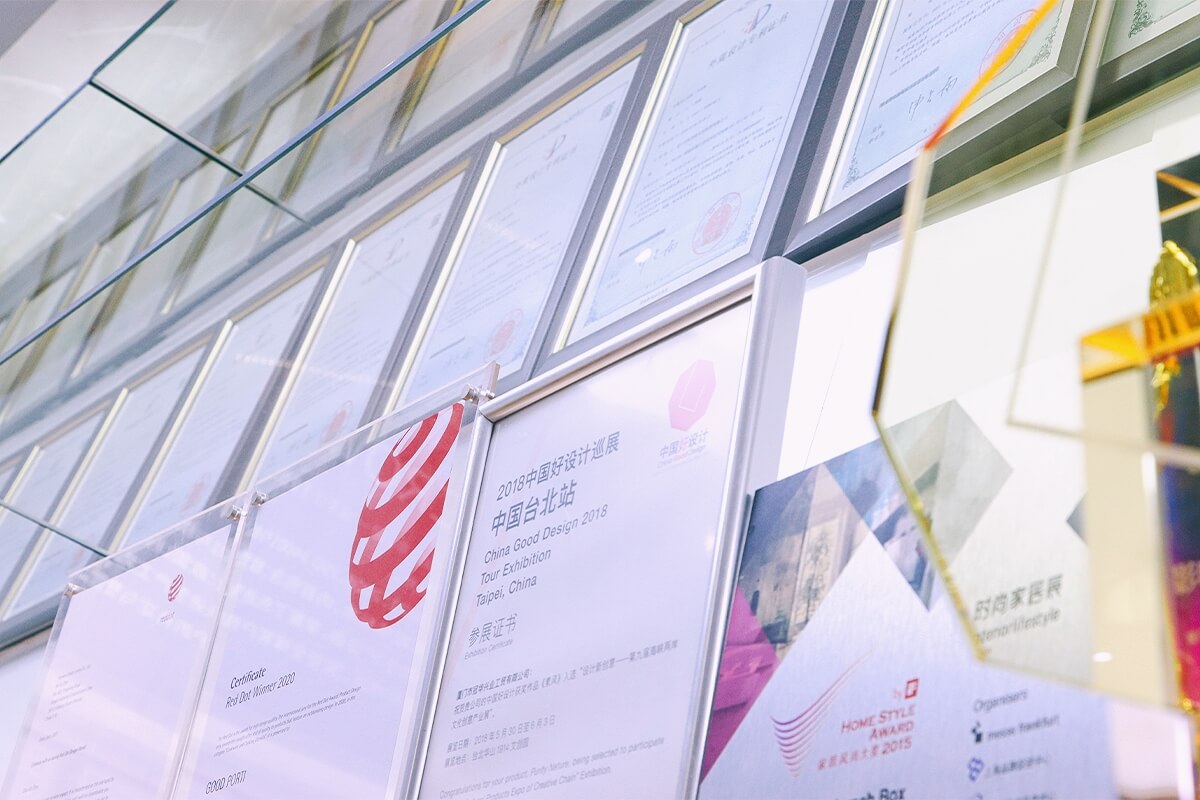
4.1 Material Selection
Material selection is one of the important tasks in the R&D phase. You need to consider factors such as product usage, performance requirements, cost, and availability. By evaluating different materials for physical properties, durability, processability, and cost-effectiveness, select the material that best fits the product’s needs.
4.2 Process Selection
A good product is often determined by the details, and the process is one of the keys. You need to consider various factors such as the manufacturing process, production efficiency, and quality control of the product. Through close communication with product designers, engineers, or manufacturing experts, choose the process that best suits the product to ensure the viability and quality stability of the product during production.
4.3 Structural Analysis
Performing structural analysis is a necessary step in the development phase. Using engineering analysis software and tools, you can evaluate aspects of a product’s structure such as strength, stability and reliability. This includes performing structural strength calculations, finite element analysis, and other methods to ensure that the product will withstand the expected loads and stresses under the conditions of use.
4.4 Structure optimization
Structural optimization is an essential and important step in the R&D phase to further improve product performance. Detailed analysis and adjustment of the structure are used to improve the weight, toughness, durability, stability, etc. of the product.
The goal of structural optimization is to realize the full potential of the product and improve its performance and reliability. The ultimate goal is to ensure that the product has more competitive durability and stability while meeting functional requirements.
By assessing the feasibility of the product in these four steps, we can effectively reduce problems and risks in the manufacturing process and provide the necessary foundation for the next stage of “Prototype making”.
Step 5 Prototype making

5.1 Mold flow analysis
The first step in prototyping making, a mold flow analysis is performed to assess the feasibility and effectiveness of the product design in actual production. This analysis simulates and predicts factors such as material flow, molding process, and structural strength to help us optimize the product design and ensure its manufacturability.
5.2 Mould making
After the mold flow analysis is completed, the next step is mold making, where the mold is made to fit the production requirements based on the results of the product design and mold flow analysis. Accurate mold-making is a key step in ensuring that the size, appearance, and quality of the product meet the requirements.
5.3 Mold Run
Once the mold is complete, a mold run is initiated to produce the prototype product. In this stage, a prototype similar to the final product is created by injecting the material into the mold through injection molding or other appropriate manufacturing processes. The goal is to test that the mold will run smoothly.
5.4 Product Testing
After the mold run is completed, product testing begins to verify the performance and functionality of the prototype. Through rigorous testing and evaluation, we are able to identify potential issues and re-optimize or improve, ensuring that the product meets high standards in the next phase of manufacturing and market launch.
5.5 Process Curing
Once the product has been tested and meets the product criteria, we will cure the process to ensure consistent product quality and an efficient production process. During this phase, a series of measures are taken to optimize and stabilize the production process to ensure that each product unit meets the expected standards.
1. First, we will perform in-depth optimization of the proven process. By carefully studying and analyzing the test results, we will identify potential problems or opportunities for improvement and make adjustments to the process to maximize the quality and performance of the product.
2. Second, we will establish comprehensive process specifications and operating manuals to ensure that every employee follows standard procedures. This will reduce the impact of human factors on product quality and ensure a consistent level of quality from batch to batch and operator to operator.
Through the above production process and optimization measures, we can produce high-quality products with precision and accuracy. If there is a step where the output is not up to standard, we can modify our molds through our diverse mold processing process and mold-making experience to ensure that we produce high-standard products.
Working with a custom bento box partner CN CROWN during the prototyping phase gives you more flexibility in the product development process, enabling rapid changes and reducing costs. In other words, working with a partner like CN CROWN gives you access to advanced rapid manufacturing processes and skilled technicians, without the need for a large capital investment.
Step 6: Testing
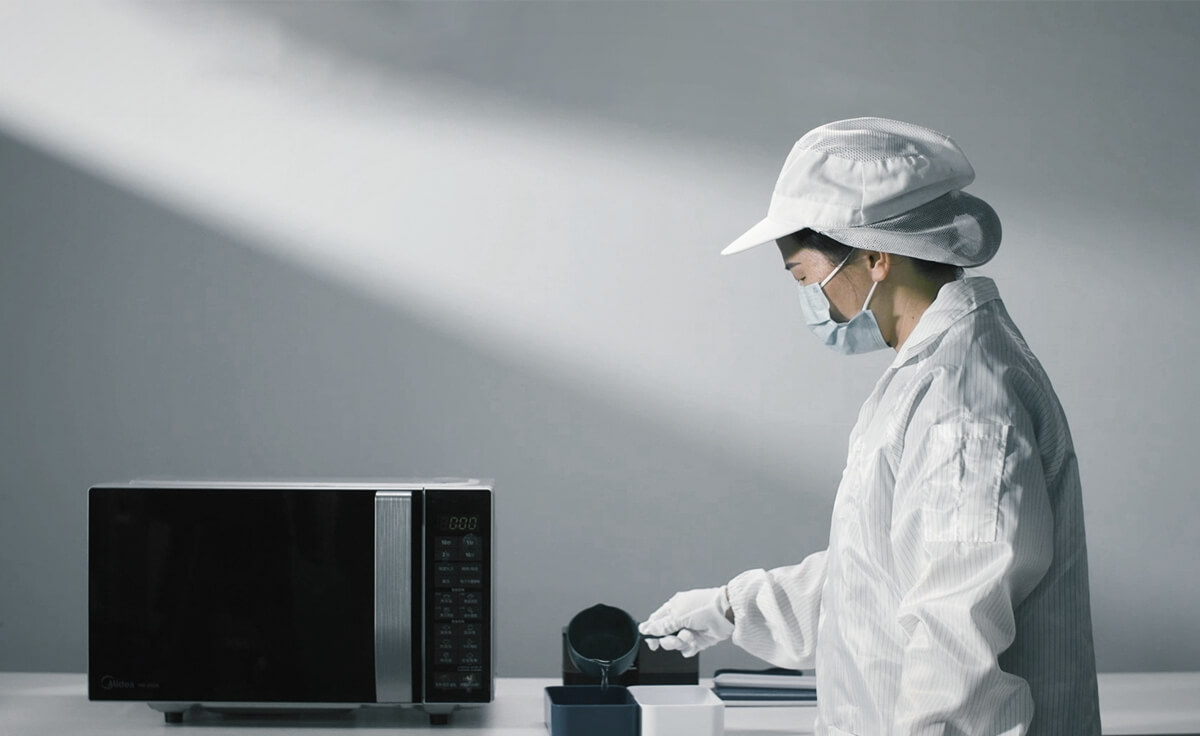
Testing during the prototyping phase is critical because it verifies the functionality and performance of the product. Testing varies from product to product and may include the following types of testing
Load testing, stress testing, ergonomics testing, and user testing.
If the design does not perform well at this stage, rapid prototyping makes it easy to go back to the design phase, make design changes, and test new prototypes without adding significant lead time or cost.
Step 7: Product manufacturing
The duration of the prototyping and testing phase will depend greatly on the specific product and function. For example, the testing requirements for food containers will be more stringent compared to household products. Once the prototype has been tested to international standards or to the standards you require, it is time to move on to the production phase. So how does lunch box manufacturing take place?
In some cases, you may be able to handle low to medium-volume production with your current custom bento box partner. However, when high-volume or large-scale production is required, you need to find an expert partner like CN CROWN.
Often, after the prototyping phase is completed for testing, the customer will move to injection molding for final production as this is the most cost-effective solution for mass production. If you find yourself in this situation, CN CROWN can offer you the following services as a production service provider:
7.1 Injection Molding
Our engineering team will use advanced technology and equipment to turn product designs into actual products.
7.2 Production Planning and Control
We will make a detailed production plan for you to ensure the accuracy of the production schedule and delivery time. Meanwhile, the manufacturing process will be strictly controlled to ensure product quality and stability.
7.3 Quality Inspection and Testing
From raw materials to every link of the final product, we will carry out comprehensive quality inspection and testing to ensure that the products meet the specified standards and requirements.
7.4 Supply Chain Management
We have a comprehensive supply chain management system to ensure the supply of raw materials and the on-time supply of various accessories required for production. CNCROWN has also established long-term relationships with reliable suppliers to ensure your product manufacturing runs smoothly.
Step 8: Marketing and Publishing

8.1 Marketing Strategy
Develop a comprehensive marketing plan that identifies how to promote and drive product sales. This may include selecting appropriate marketing channels, targeting customer groups, developing marketing campaigns, and establishing partnerships with potential partners.
8.2 User Feedback & Testing
Continue to gather feedback from end users and focus groups to further refine and optimize product and marketing strategies. Conduct market testing and user trials to understand user experience and opinions and make necessary improvements and adjustments.
8.3 Product Launch Plan
Develop a detailed product launch plan that defines the timing, channels, and promotional activities for the product launch. Ensure that supply chain, distribution channel, and customer service preparations are complete prior to product launch.
8.4 Media buying and market trends
Develop a targeted media buying strategy to capture the attention of target customers and increase product awareness. At the same time, pay close attention to current market trends and competitive dynamics, and adjust marketing strategies in a timely manner to maintain effective competitiveness.
8.5 Sales and Channel Management
Ensure that you have an effective sales team and network of channel partners to ensure that products are successfully brought to market and sales targets are met. Working closely with the sales team, you can provide the necessary training and support to ensure they are able to effectively promote and sell the product.
Through the marketing and launch phase, your product moves from conception to design, development, manufacturing and finally to market. This is an important step in turning your idea into a commercial success. Continuous improvement and adaptation to market needs are key elements in the marketing process.
Tips for success – Work with a reliable partner
Product development can be a challenging journey, with countless obstacles awaiting product developers, from funding issues to design flaws. However, you don’t have to let these obstacles stop you because we have some valuable tips to help you make the most of the product development process.
One of the key tips is rapid prototyping. It provides you with an agile way to make product development more efficient, especially during the prototyping and testing phases. With rapid prototyping, you can quickly turn ideas into actual samples, enabling rapid validation and iteration. Such agility will accelerate your product development process, reducing time and costs.
And working with a partner like CN CROWN gives you unparalleled advantages. With our state-of-the-art equipment and experienced technical team, we can offer fast lead times, delivering samples to you in just a few days. This not only reduces costs but also significantly shortens time to market.
From conception to design to manufacturing, we will assist you throughout the entire process to ensure your product’s successful launch.
Contact us Right Now and work with our team of professionals to turn your ideas into commercial success.
Don’t let the odds get in your way, use these valuable tips and partner support to make your product more successful in the marketplace.
Related Posts
How To Pack Lunch For Work? 12 Tips for Packing Food with Ease
Busting your food budget? Want to bring lunch to work? Here are some of the most effective tips to help you figure out how to pack lunch for work. Do you know the secret to living a long and healthy life? It’s eating home-cooked meals! It's not only the key to a...
What Is UV Printing ? Know Its Process and Advantages
Thinking of using UV printing? Read on to learn about its working process, benefits, drawbacks, and more to determine whether it is the right one for you.UV printing is a revolutionary printing technology that has made commercial printing easy and faster. The durable,...
Healthy and Fun School Lunch Ideas: Best Lunch Containers and Accessories for Parents
Why Healthy and Fun Lunches Matter As parents, we often worry about providing nutritious meals for our children at lunchtime. But what some of us may not realize is that lunch is important for our little ones, too. Eating healthy and fun at school can have a positive...
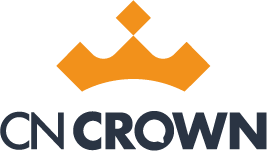
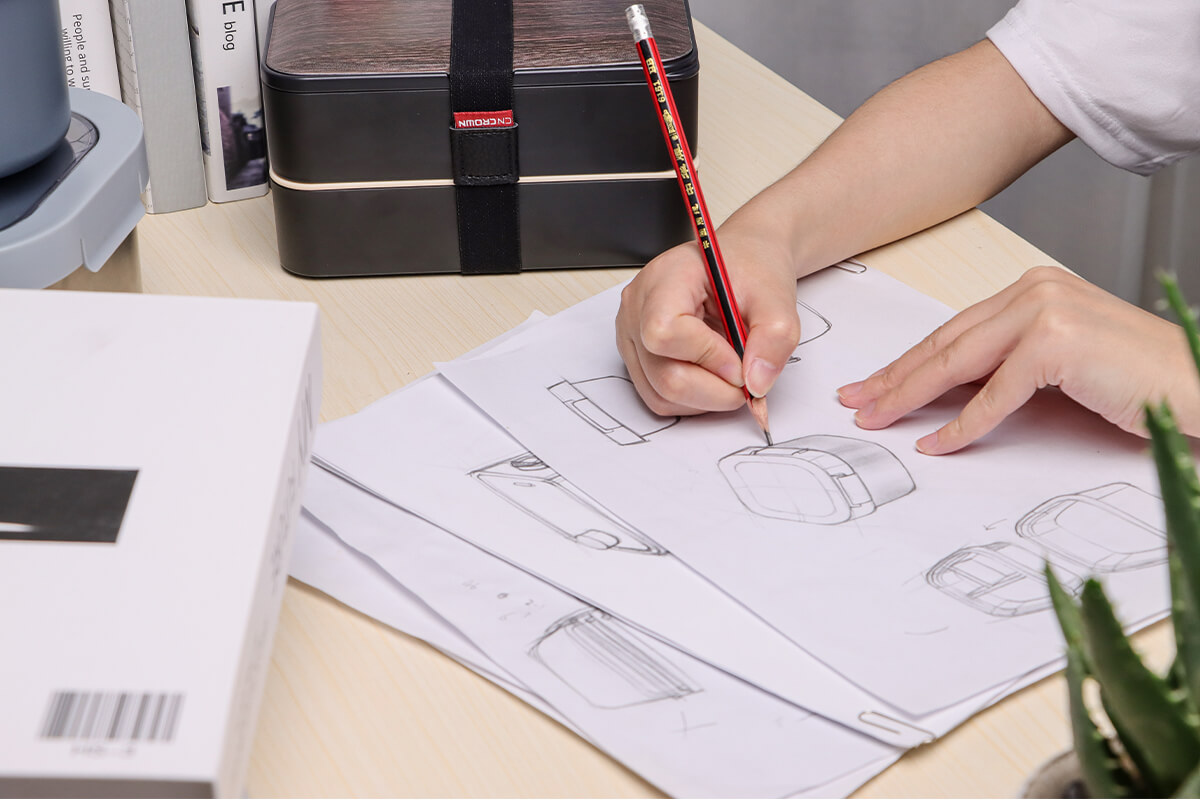
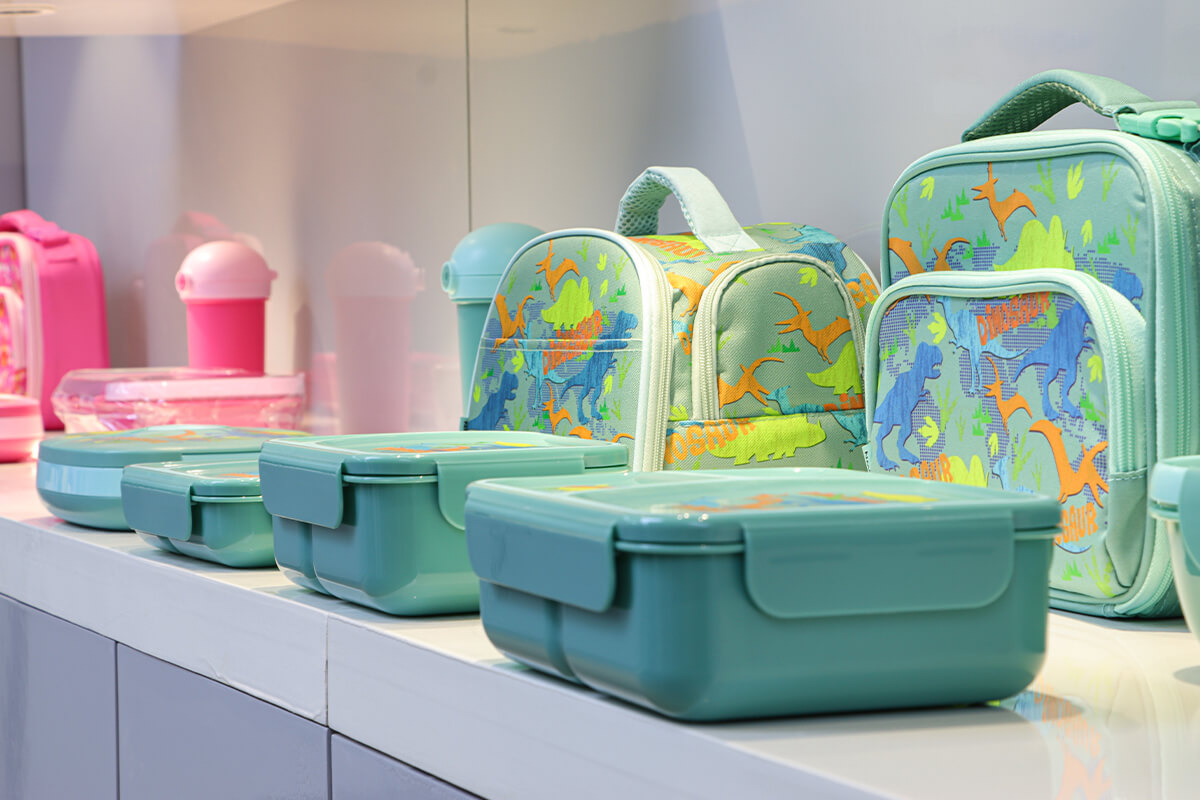

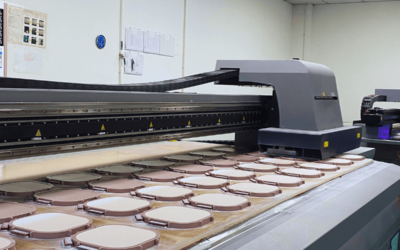

0 Comments